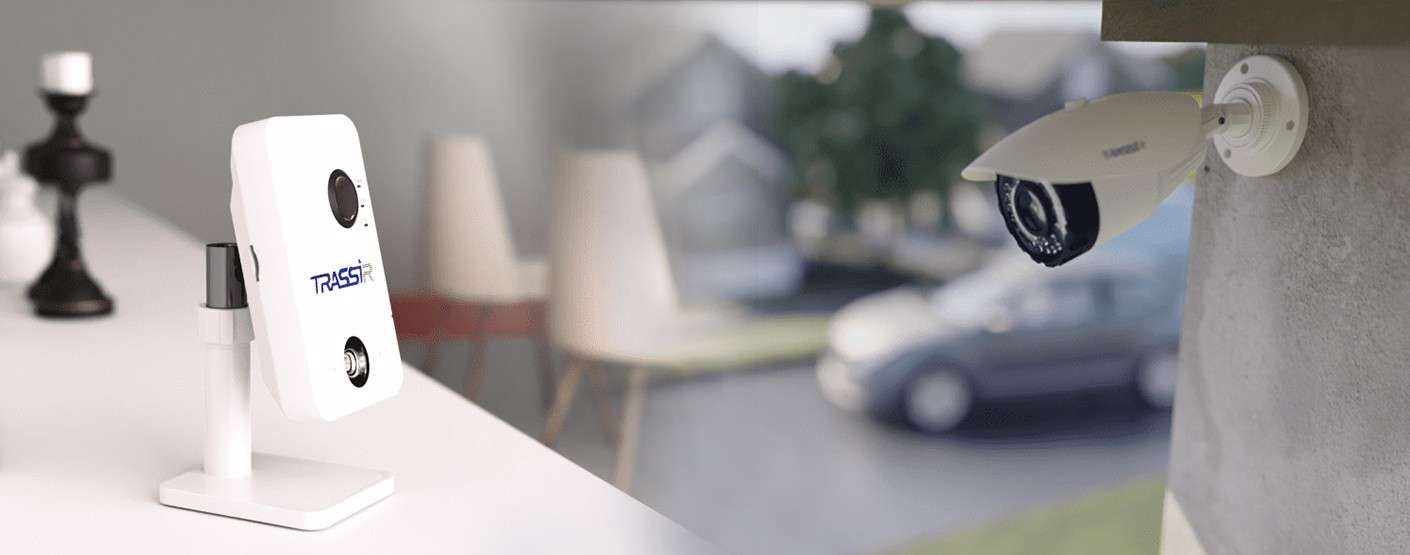Choosing the right security system for your property can feel overwhelming, especially when considering the variety of available camera options. Understanding the nuances between indoor and outdoor CCTV cameras is crucial for ensuring effective surveillance and security. These two types of cameras are engineered with distinct features to withstand different environmental conditions and serve different purposes. The decision of whether to deploy an indoor or outdoor CCTV camera hinges on several factors, including durability, weather resistance, field of view, and specific monitoring needs. Choosing the appropriate CCTV camera ensures optimal performance and provides the security you need.
Key Distinctions: Weather Resistance and Durability
One of the most significant differences between indoor and outdoor CCTV cameras is their weather resistance and overall durability. Outdoor cameras are specifically designed to withstand harsh environmental conditions such as rain, snow, extreme temperatures, and direct sunlight. They typically feature rugged, weatherproof housings that protect the internal components from moisture, dust, and physical damage. Indoor cameras, on the other hand, are generally not built to endure such conditions and are more susceptible to damage from the elements.
- Outdoor Cameras: Weatherproof, durable, often with wide operating temperature ranges.
- Indoor Cameras: Less durable, susceptible to environmental damage, not weatherproof.
Image Quality and Field of View
The desired image quality and field of view also play a crucial role in differentiating between indoor and outdoor CCTV cameras. Outdoor cameras often require a wider field of view to monitor larger areas, such as driveways, gardens, or parking lots. They may also need higher resolution to capture clear images of distant objects. Indoor cameras typically focus on smaller, more controlled spaces, allowing for narrower fields of view and potentially lower resolutions depending on the specific application.
Infrared (IR) Capabilities
Many outdoor CCTV cameras come equipped with infrared (IR) LEDs, which allow them to record clear footage in complete darkness. This is essential for nighttime surveillance; While some indoor cameras may also have IR capabilities, it is often not as powerful or necessary due to the availability of indoor lighting.
Power and Connectivity Options
Power and connectivity options can also vary between indoor and outdoor CCTV cameras. Outdoor cameras often require more robust power supplies and may utilize Power over Ethernet (PoE) for both power and data transmission. This simplifies installation and reduces the need for separate power cables. Indoor cameras typically use standard power adapters and connect wirelessly or via Ethernet cables.
Thinking about the placement of your camera is essential. Consider this table when making a choice:
| Feature | Indoor CCTV Camera | Outdoor CCTV Camera |
|---|---|---|
| Weather Resistance | No | Yes |
| Durability | Lower | Higher |
| Field of View | Narrower | Wider |
| IR Capabilities | Optional | Common |
| Power Options | Standard Adapter | PoE (often) |

